

James Wong
2025 Audi A5 Sedan TFSI 150kW review
5 Days Ago

News Editor
Porsche has revealed its Mission R concept study, a collaboration between its design and motorsport teams.
“It is a customer race car, based on a future production model,” said interior design manager Doeke de Walle.
Porsche executives also called this fully driveable prototype a “baseline” for a future race car in a one-make electric car series, and the company has made clear its all-electric concepts – like the Taycan-previewing Mission E – tend to be fairly indicative of production vehicles.
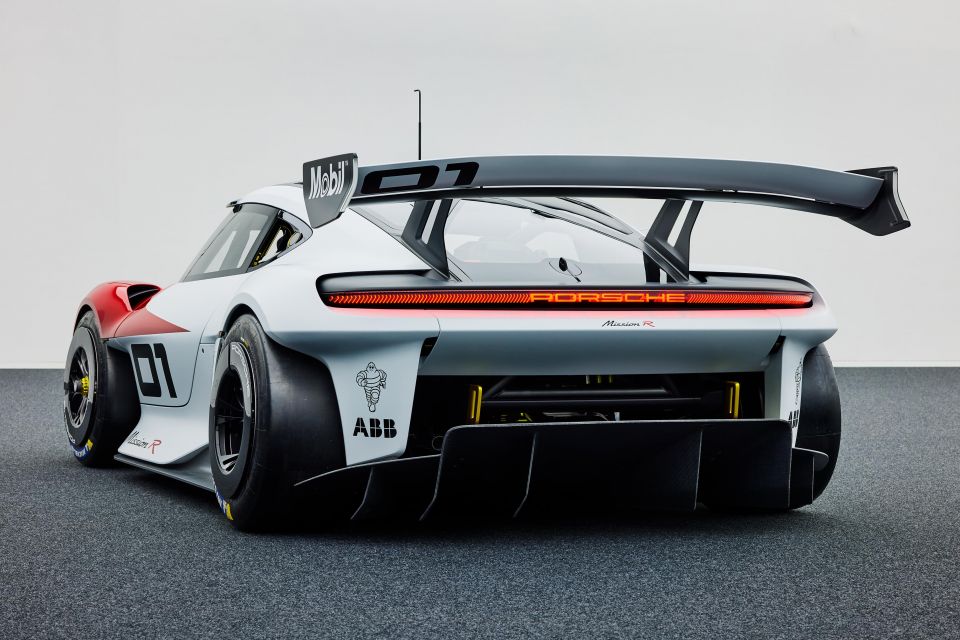
The compact, all-electric sports car was designed from the ground-up as a race car, though it incorporates design DNA from Porsche production vehicles, such as the full-width tail light assembly.
It features a dual-motor all-wheel drive electric powertrain, with a 320kW motor powering the front axle and a 480kW motor at the rear. Both motors, like the battery, feature direct oil cooling.
The Mission R produces a constant power output of 500kW in race mode.
In what Porsche calls “qualifying mode”, the Mission R produces up to 800kW of power.
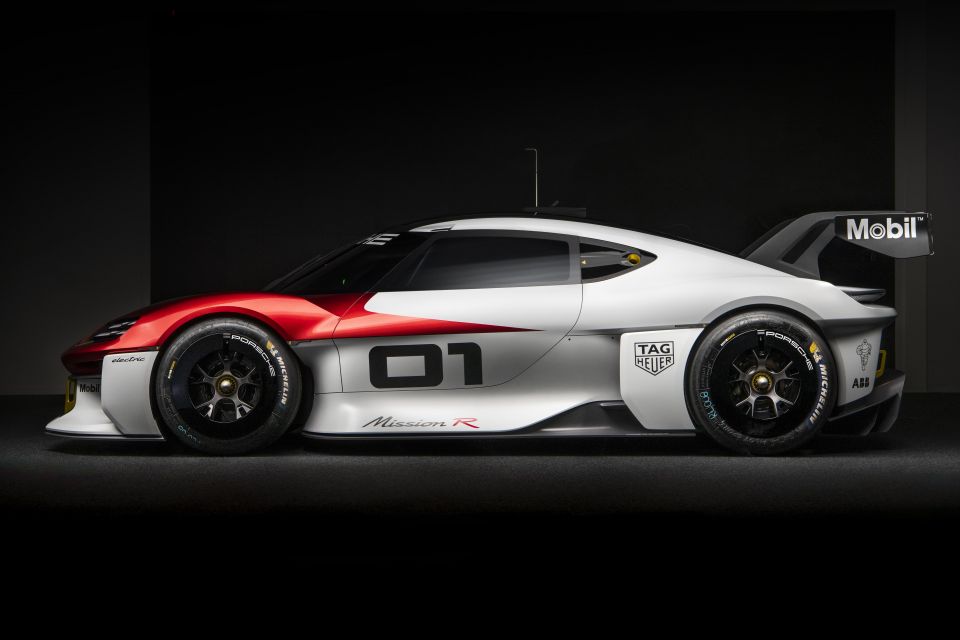
It has a claimed 0-100km/h time of less than 2.5 seconds, as well as a top speed of over 300km/h.
Though there’s no engine to speak of, it’s been given mid-engined proportions.
900V technology allows the driver to charge the 80kWh battery at up to 340kW, with a 15 minute stop in the pits allowing you to charge it from five to 80 per cent.
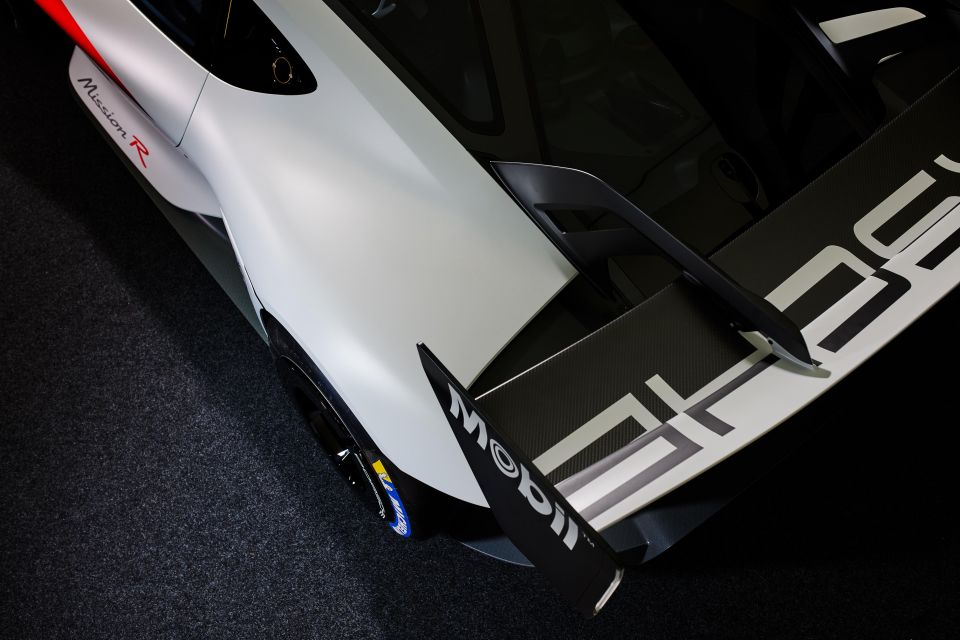
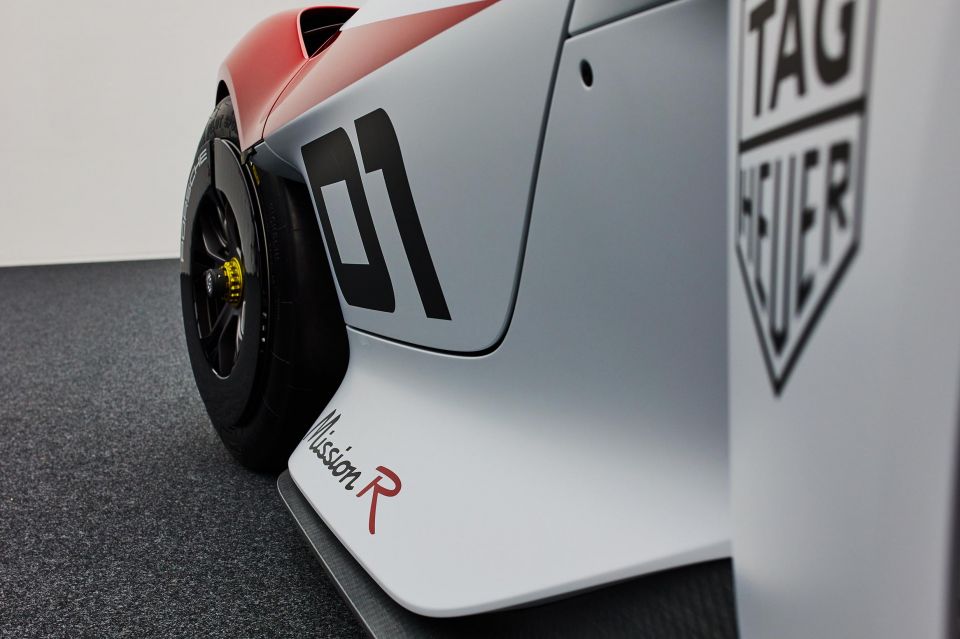
Porsche says the recuperation system makes sprint racing possible with no loss of output.
The Mission R measures 4326mm long, 1990mm wide and 1190mm tall. In contrast, a Cayman GT4 is 130mm longer but 189mm narrower and 79mm taller.
Porsche says the Mission R has the performance level of a 992 GT3 Cup car, and that we can figure out a Nurburgring time by looking between the GT3 R and Cup.
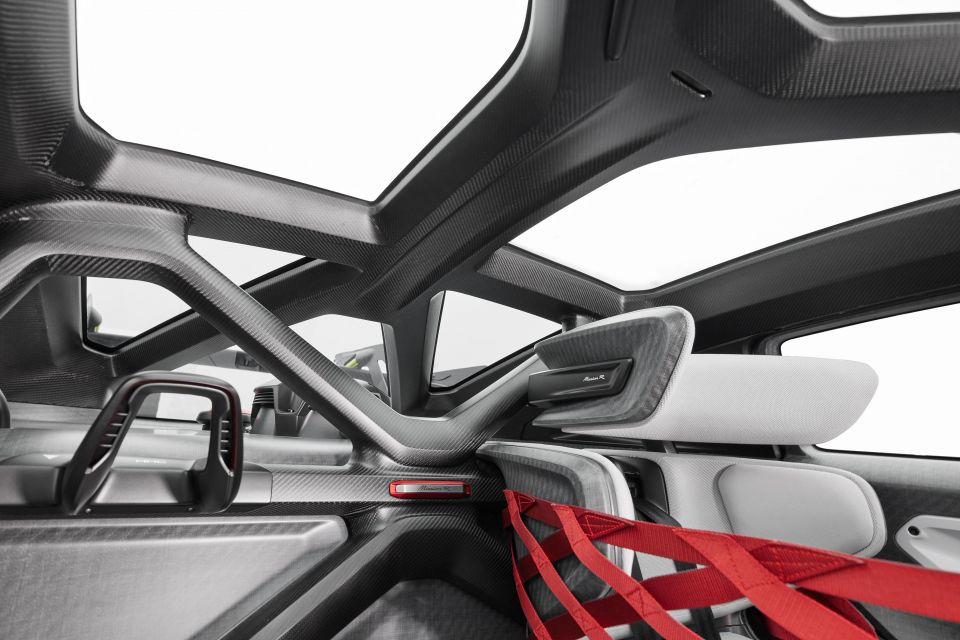
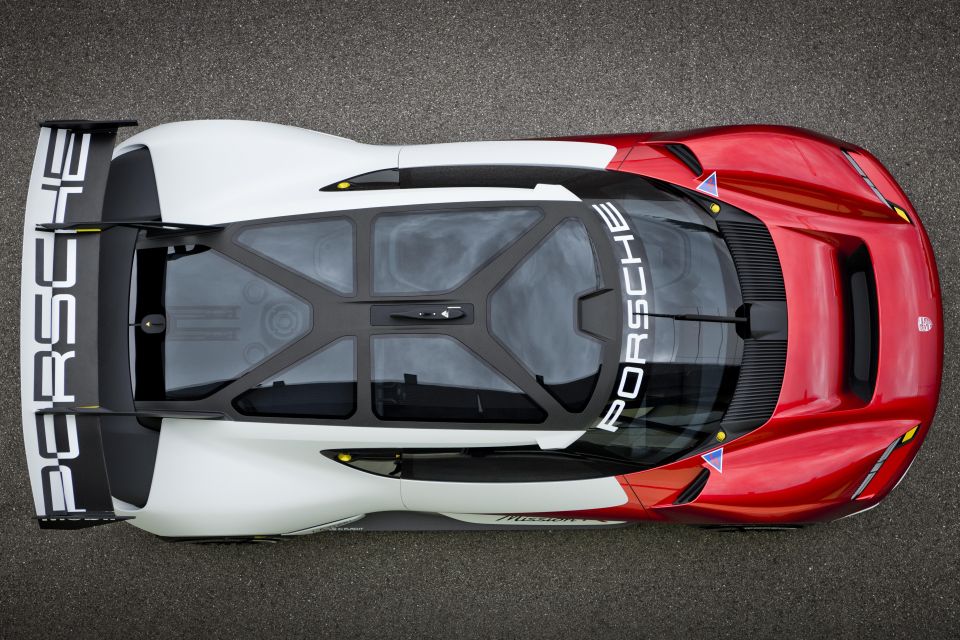
The most novel design aspect is the roof, which Porsche says is like a tie fighter from Star Wars and combines the safety cage and roof skin.
It isn’t just for looks, with designers saying they could shave 4cm off the overall vehicle height by using this roof design. Weight has also been kept down through the use of carbon fibre composite material for the safety structure.
Aerodynamics are aided by a development of the Porsche Active Aerodynamics and Drag Reduction Systems on the nose and rear wing.
There are three louvres in each of the two side air intakes on the nose, as well as an adjustable, two-section rear wing.
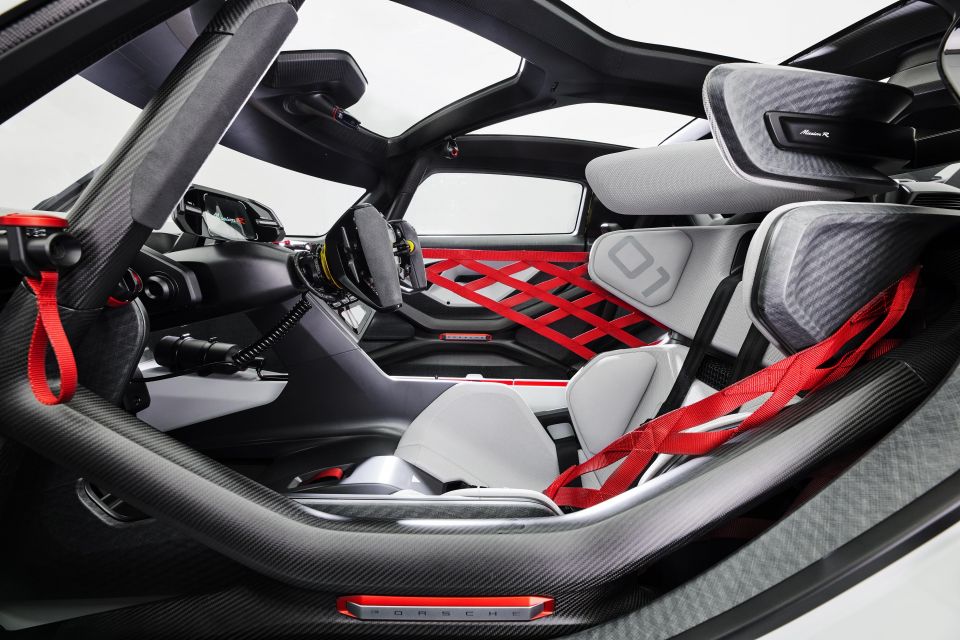
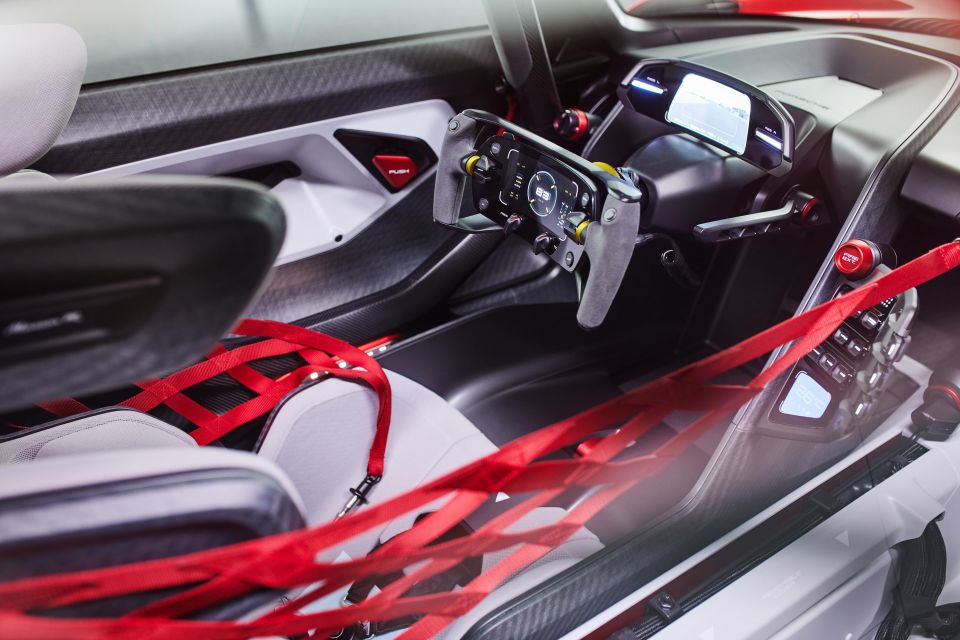
The Mission R has only a single seat, which the driver can remove and use with a racing simulator.
The steering has a display between its controls, which shows relevant race data, while the monitor above the steering column shows the images from the side and central rear-view mirror cameras.
There’s also a touch display to the right of the steering that can display information like the driver’s biometric data, while cameras in the interior can film footage for live streams.

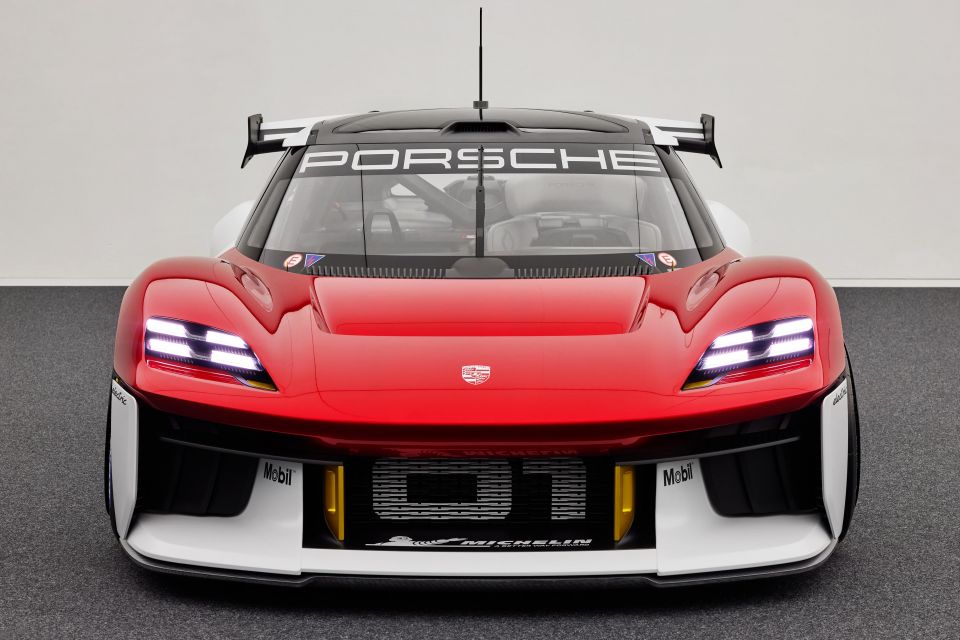
In another nod to sustainability, Porsche has also made use of natural fibre reinforced plastic (NFRP) that’s derived from flax fibres.
The material is used for the front spoiler lip, diffuser, and side skirts, and throughout the interior such as on the door panels, rear bulkhead and seat.
Click the images to view the full gallery.
CarExpert helps new car buyers save thousands with expert reviews, honest advice, and transparent pricing – no dealer pressure and no sales games.
William Stopford is an automotive journalist based in Brisbane, Australia. William is a Business/Journalism graduate from the Queensland University of Technology who loves to travel, briefly lived in the US, and has a particular interest in the American car industry.


James Wong
5 Days Ago


Matt Campbell
4 Days Ago
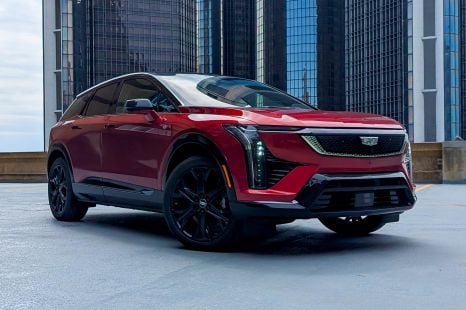

William Stopford
2 Days Ago
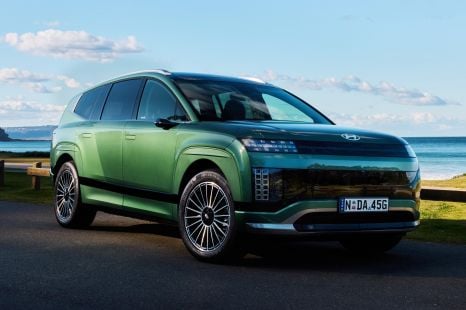

Josh Nevett
1 Day Ago


James Wong
1 Day Ago


Max Davies
20 Hours Ago